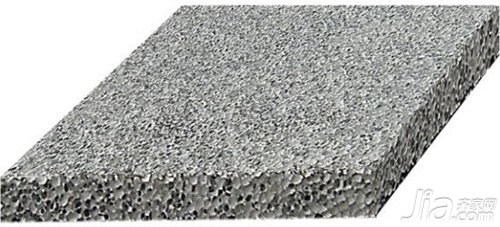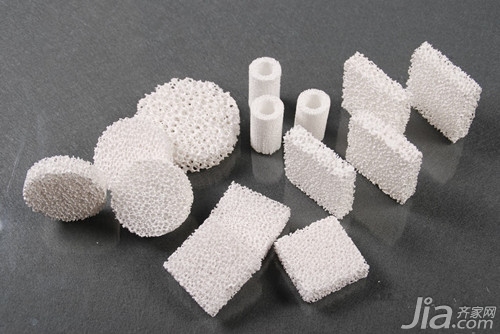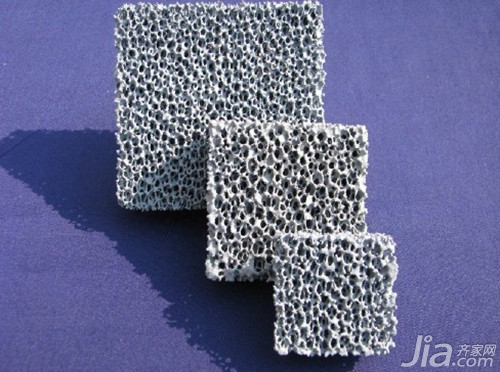Performance requirements and application technology of ceramic foam filters
The ceramic foam is believed to be unknown to many people. The development of foam ceramic materials began in the 1970s and is a porous material with high temperature properties. The pore size ranges from nanometer to micrometer, the porosity is between 20% and 95%, and the use temperature is between room temperature and 1600°C. The following small series introduces the performance requirements and application technologies of ceramic foam filters.

First, the performance requirements of ceramic foam filters
1. The filter should have good normal temperature strength, and can not drop slag during transportation and operation;
2, has a certain high temperature strength, thermal shock resistance and anti-metal liquid scour ability;
3, has a good chemical stability, does not react with the alloy liquid;
4, with a suitable diameter, good ability to penetrate alloy liquid and filter non-metallic inclusion capacity; has a good appearance quality: no deformation, small size deviation, uniform pore size and no blocking phenomenon.

Second, the application of foam ceramic filter technology
1, the filter
The ceramic foam filter has a large filtration area, good thermal shock resistance, high chemical stability, good metal erosion resistance and good filtration efficiency, and therefore is a new type of high-efficiency filtration in the metal melt filtration purification technology. The device has gained people's attention. At present, their application is expanded to include investment precision casting, steel casting industry and industrial castings, etc., to improve the mechanical properties of castings, reduce the rejection rate of castings, increase the production rate of castings, and prolong the service life of metal cutting tools.
2. Biological materials
The research and application of porous hydroxyapatite bioceramics have attracted much attention in the biomaterial engineering community. This is because the composition of hydroxyapatite ceramics is basically the same as that of human bones and tooth inorganic substances. After implantation into the human body, hydroxyapatite ceramics have no rejection reaction and have good biological activity and compatibility. It can induce the generation of new bones and keep the body's normal metabolism. It is an ideal substitute for human bone. Porous hydroxyapatite bioceramics are prepared by adding a pore-enhancing agent or the like to prepare porous ceramics, and the use of interconnected pores facilitates the microcirculation of tissue fluid and promotes cell infiltration and growth. The use of foam bio-ceramics in foreign countries to repair cranial, femoral, vertebral, artificial tooth root and other clinical experiments have been successful.

3, energy-saving insulation material
In the foam ceramics, due to the presence of the closed pores, the heat release efficiency is reduced, the convection during the heat transfer process is reduced, and the foam ceramics have the characteristics of low thermal conductivity, excellent thermal shock resistance, and the like, and is an ideal heat-resistant material.
At present, the best insulation material in the world is this kind of ceramic foam material. The lining of traditional furnaces and high-temperature electric furnaces is mostly foam ceramics. It is also widely used for thermal insulation of the spacecraft. Foam ceramics have a large specific surface area and can be used as heat transfer materials due to the large heat exchange area under high temperature conditions. If the foam ceramic body is placed on the mouth of the heating furnace, the high-temperature gas in the furnace can enter the flue through the ceramic foam, and the ceramic body can be heated to near the furnace temperature. At this point, the foam ceramic radiates heat energy into the furnace to reduce heat loss. According to relevant information, it can save 30% energy. In addition, as a nuclear industry thermal insulation material, thermal insulation performance is not reduced due to nuclear radiation. In short, foam ceramics are used as heat insulation and heat exchange materials, which have significant energy saving effects.
Editor's summary: The performance requirements and application techniques for ceramic foam filters are presented here. For more information, you can follow this site information.
ceramic tile
180mm (7 Inch) Flat Cut-off Disc
B&H TOOLS CO., LTD. , https://www.bandhtools.com